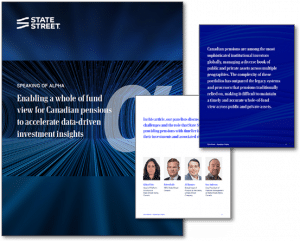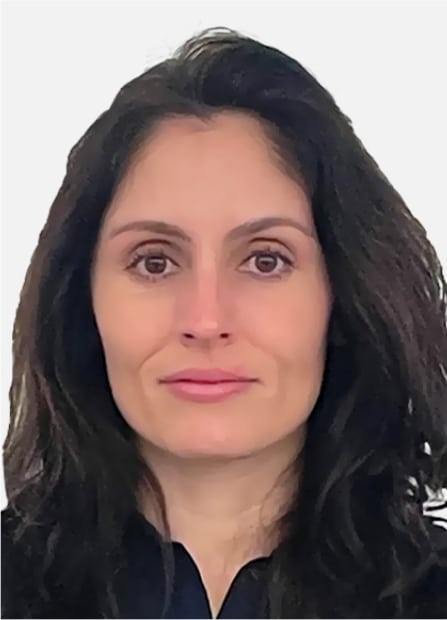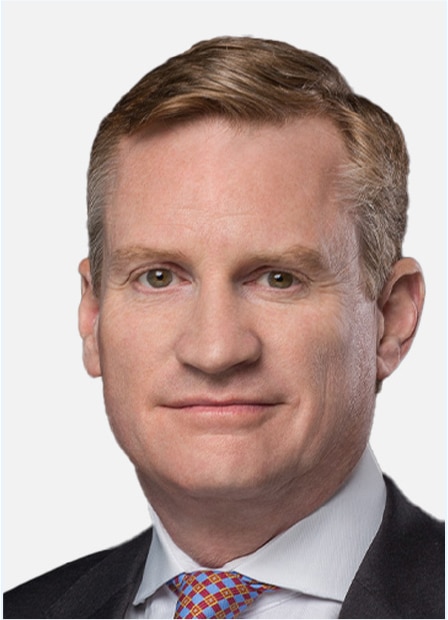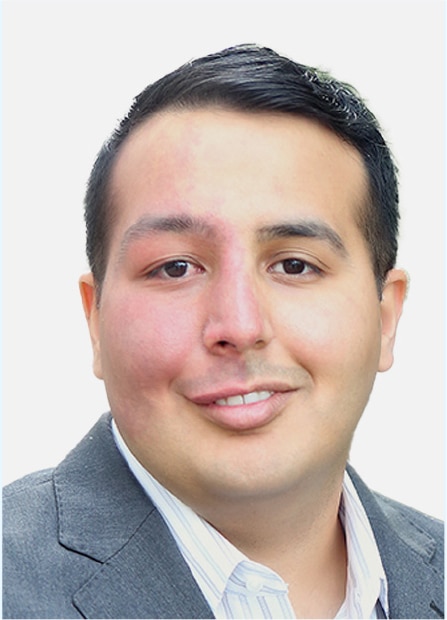In this article, our panelists discuss industry challenges and the role that State Street plays in providing pensions with timelier insights into their investments and associated risk exposures.
Canadian pensions are among the most sophisticated institutional investors globally, managing a diverse book of public and private assets across multiple
geographies. The complexity of these portfolios has outpaced the legacy systems and processes that pensions traditionally relied on, making it difficult to maintain a timely and accurate whole-of-fund view across public and private assets.
Gillian White
Head of Platform Solutions,
State Street Alpha, Canada
Robert Baillie
CEO,
State Street Canada
Ali Mamujee
Global Head of Product,
Mercatus, A State Street Company
Ross Anderson
Vice President of Platform Management,
State Street Alpha, Canada
What factors define the Canadian model and how has that model evolved over time?
Rob: To provide some background, in the early 1990’s, several public pension funds were launched in Canada. A key tenet of their operating model was internalized asset management of publicly traded asset classes. Today, the largest Canadian pension funds, often referred to as the “Maple Eight,” are some of the most sophisticated institutional investors in the world, directly investing in large private market opportunities.
They manage most of their money in-house and have a very robust and diversified book that includes public and private market investments. At State Street, we’ve been working with these organizations for a number of years as a trusted partner. When these pensions launched, there weren’t many technology or service provider options that could help them establish the end-to-end investment operation they required.
This resulted in a complex environment of internally built applications and point solutions requiring costly integrations, creating an operating model that has scale challenges.
Operational processes are suffering as a result, hindering the fund managers’ ability to grow in certain areas. The biggest trend we see is the desire to improve their operating model and achieve a whole of fund view across their public and private investments, streamlining exposure management and reporting, and achieving timely access to the high-quality data required to make informed decisions.
“Today, the largest Canadian pension funds, often referred to as the “Maple Eight,” are some of the most sophisticated institutional investors in the world, directly investing in large private market opportunities.”
What challenges are Canadian pensions facing in achieving a whole of fund view?
Ross: ‘Whole of fund’ refers to a synchronized, near real-time view of public and private holdings and exposures on a single platform. Many pension plans have grown into private markets by establishing their own business units to facilitate direct investments. Within these plans, many of the senior leaders in private markets have gone on to lead the actual plans themselves. As allocations to private assets have grown, the acquired expertise has gone up the ranks.
Today, the challenge is mastering the data and technology required to manage these increasingly complex assets. This requires recruiting and retaining talent beyond investment accounting and operations professionals.
On the technology side, providing risk modeling, attribution, scenario analysis and regulatory and client reporting on one platform unlocks new efficiencies. The ability to construct and analyze what-if scenarios across multiple investment horizons and incorporate factors like climate risk and potential future behavior of plan holders is also important. Stress testing a portfolio, not just at the fund level but for each underlying asset class, is an additional benefit for pensions focused on diversification.
Liability driven investing is another consideration. Aligning a plan’s assets in relation to their future liabilities requires consistent, accurate and validated data. Enriching internal investment data with externally sourced data is also a foundational requirement for pensions looking to harness technologies like AI.
In our recently published survey of data and technology trends across more than 500 global institutional investors, more than 80 percent of Canadian pensions participating in the survey responded that their present data management capabilities are at a nascent to intermediate stage of development.
Areas of concern included a lack of data visualization tools, in-house analytical skills, and limited data sharing capabilities.
What does the technology landscape look like at most Canadian pension plans?
Ali: At most organizations, it’s still a mix of spreadsheets and people, while some pensions have adopted asset-class specific point solutions. Some of the Maple Eight have over 50 percent of their portfolio allocated to private assets. They are not only some of the largest real asset and infrastructure investors globally, but they also have significant direct and indirect private equity investments, so a rather diverse set of asset classes.
The real estate team might be using a portfolio monitoring system, while the private equity team has an investor portal, and the infrastructure team might use a CRM solution. None of those systems are talking to each other.
There are serious challenges and massive costs associated with that — millions of dollars spent hiring consultants to integrate these disparate systems or building in- house solutions.
Trying to create a consistent view across all these different tools and not fully understanding the underlying data model is problematic and inefficient.
Several clients are attempting to expand their accounting systems to do this, but these solutions typically lack the flexibility required to do much outside of accounting.
Our survey found that a resounding 75 percent of respondents highlighted the need to upgrade significant portions of their current technology to meet their strategic goals.
75%
Our survey found that a resounding percent of respondents highlighted the need to upgrade significant portions of their current technology to meet their strategic goals.
How is State Street helping pensions streamline their operating models and deliver better outcomes to their beneficiaries?
Rob: First, we are partnering with clients to review their current challenges and costs against industry standards. Working alongside clients and helping them leverage what we see other clients doing around the world is also powerful and something at which we’ve been very effective.
Second, our new open architecture platform, State Street Alpha, enables clients to transform their organization, combining cloud-native technology with a full suite of front, middle and back-office technology and services. We make significant annual investments to enhance and expand the Alpha platform.
We’re helping our clients by delivering a scalable tech-enabled investment platform across all asset classes, both public and private, which ultimately helps them focus on driving positive investment outcomes for their beneficiaries.
In addition to our technology platform, how do we help pensions manage assets from a servicing perspective?
Rob: We have deep expertise in securities lending and enhanced custody services which is similar to prime brokerage, where we can offer leverage to large asset owners. Also, custody, fund accounting, LP administration, and transition management services.
These large pension funds are active participants in the repo market, and swaps and other sophisticated derivative trades are absolutely core to their activity. They tend to manage all of that in house. That’s an area where we support them end to end.
“We have deep expertise in securities lending and enhanced custody services which is similar to prime brokerage, where we can offer leverage to large asset owners.”
What role does data and technology play in helping pensions attain a whole-of-fund view?
Ross: As these pensions grow ever larger, the ability to scale by relying on legacy systems and spreadsheets becomes an increasing operational burden, hindering growth and agility. Forward-looking organizations realize that technology and data are key to their evolution.
The ability to capture and curate a diverse number of internal and external data sources at the appropriate level of granularity is critical. Cultural evolution is also key.
Historically, each asset class was managed by individual teams, resulting in a patchwork of systems and data silos.
In that environment, aggregating and normalizing data in a timely manner to produce a whole-of-fund view is difficult if not impossible.
That’s where modern technology and data management platforms can facilitate transformation. Having a consistent data model across asset classes and validating data early in the investment process helps firms establish a single source of truth.
This reduces the need for manual reconciliations between data repositories and systems and engenders trust in the data, leading to greater confidence in investment decisions across the enterprise.
What are the benefits to pension funds managing private assets internally on a unified platform?
Ali: First, private markets teams such as real estate and infrastructure value domain expertise. Their data is central to generating alpha. It’s imperative that technology partners bring deep domain expertise and a multi-asset class perspective to the table.
The Maple Eight have some of the most diverse infrastructure portfolios globally. They’re investing in everything from hydro plants to apartment buildings and solar farms. They have a diverse set of requirements, from aggregating revenue and EBITDA to normalizing assets from a square footage basis.
On day zero, we’re coming in as partners, rolling up our sleeves and trying to understand where they are currently, helping them define what “success” looks like and reverse engineering our best practices in alignment with their specific needs.
For large pensions with a complex mix of direct and indirect investments, asset level granularity is imperative. For example, if they own hotels in their portfolio, they need to capture data about where those hotels are located, how much revenue each property generates and what the occupancy rate is for each hotel room. Knowing where their properties are located is critical to understanding climate related risks. That’s been a huge challenge for a lot of legacy systems whose data model only tracks fund level performance.
Clients increasingly require granular, asset-level data and the ability to roll that up to a portfolio company, a fund code or to the investor level.
1/2
Our survey found that nearly half of Canadian asset owners face challenges retaining skilled talent and lack the time for existing staff to upskill to the latest technology.
What challenges to growth do pensions face as they look to gain exposure to investment opportunities in new geographies and asset classes?
Ross: Several of the largest Canadian pensions have opened offices in Europe, the Middle East, Africa and Asia Pacific to support their investment diversification initiatives. Establishing a local presence facilitates agility and can streamline access to new investment opportunities. It also brings new challenges.
Different valuation methods, regulations and accounting standards are a few examples. The competition for specialized and scarce talent is both intense and costly.
Our survey found that nearly half of Canadian asset owners face challenges retaining skilled talent and lack the time for existing staff to upskill to the latest technology. This makes a compelling case for leveraging State Street’s global teams and resources to accelerate geographic expansion.
Expansion into new asset classes via a “spreadsheets and people” approach doesn’t scale and is ultimately unsustainable. The cost of acquiring scarce talent ultimately detracts from investment returns and handicaps agility.
Here again, partnering with a trusted technology provider and implementing a modern, cloud native multi-asset solution can minimize the friction and learning curve associated with new asset classes.
“Today, the largest Canadian pension funds, often referred to as the “Maple Eight,” are some of the most sophisticated institutional investors in the world, directly investing in large private market opportunities.”
75%
Our survey found that a resounding percent of respondents highlighted the need to upgrade significant portions of their current technology to meet their strategic goals.
“We have deep expertise in securities lending and enhanced custody services which is similar to prime brokerage, where we can offer leverage to large asset owners.”
1/2
Our survey found that nearly half of Canadian asset owners face challenges retaining skilled talent and lack the time for existing staff to upskill to the latest technology.
Contact Us
To learn more about State Street Alpha® or to schedule a demo.
6107572.1.1.GBL.RTL
The material presented is for informational purposes only. The views expressed in this material are the views of the author, and are subject to change based on market and other conditions and factors, moreover, they do not necessarily represent the official views of Charles River Development and/or State Street Corporation and its affiliates.




